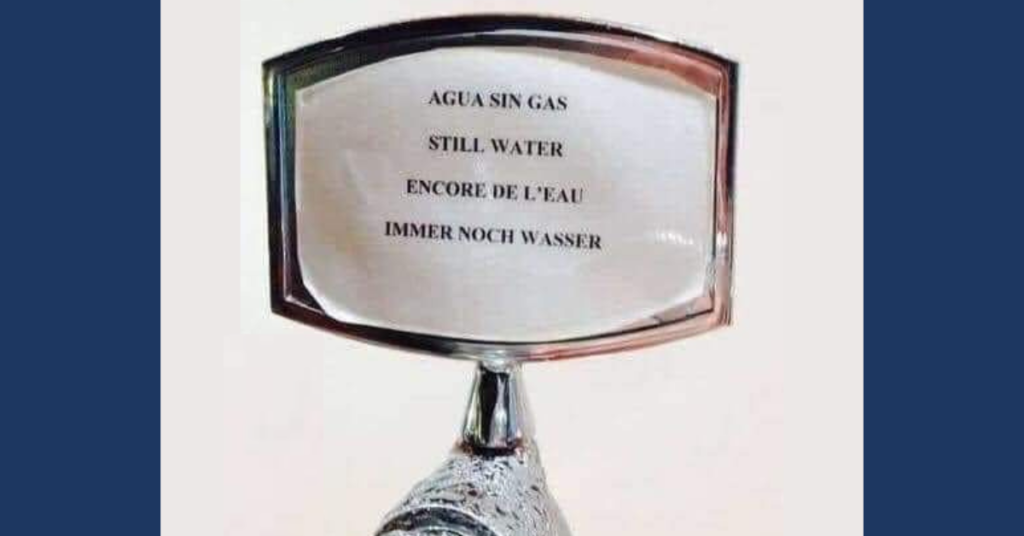Why spend time and money on back translation?

The translators of the following US marketing slogans most probably did not bother with back translation (or something else went wrong):
HSBC Bank: “Assume Nothing” translated to “Do Nothing” (in several European languages)
KFC: “Finger Lickin’ Good” translated to “Eat Your fingers Off” (in Chinese)
Braniff Airlines: “Fly in Leather” translated to “Fly Naked” (in Mexican Spanish)
Back translation and reconciliation services provide additional quality and accuracy assurance for your most sensitive translation and localisation projects.
Below is a simplified description of an English-to-French back translation and reconciliation process:
- A translator who is a native French speaker translates the English text into French. Next a native French proofreader reviews the translation, followed by the usual quality check performed by our in-house Quality Assurance team.
- Another translator who is a native French speaker translates the French text back into English. The back translation needs to be fairly literal, so that the reader understands the meaning precisely. It is important here that the French translator does not have access to the original English text and cannot refer to it.
- Our Quality Assurance team member compares the original and the back-translated English text to identify any instances where the meaning is confusing or slightly off. It should be noted that the back-translated text will never be exactly the same as the original text.
- Our Quality Assurance team member – working together with the translators – assesses the differences in order to determine whether or not they are due to errors in the translation and then prepares a reconciliation report based on the findings.
- Finally the English-to-French translator makes any adjustments to the French translation that may be needed.
When do we recommend back translation?
- For sensitive or high-risk texts (e.g. clinical trials, consent forms, medical devices);
- For creative marketing content and transcreation (e.g. advertising slogans);
- Any other cases when you would like to have an additional quality assurance process in addition to our usual quality check.
There are also some cases when back translation is required by law or prescribed by certain companies or organisations.
In conclusion, it is definitely worth spending more time and money on back translation and reconciliation processes, as you can save yourself a lot of trouble and huge sums in the future by making a small investment today.
Feel free to reach out if we can also assist you with our translation services. Contact us at translation@eurideastranslation.com, and we’ll be glad to send you a quote.
